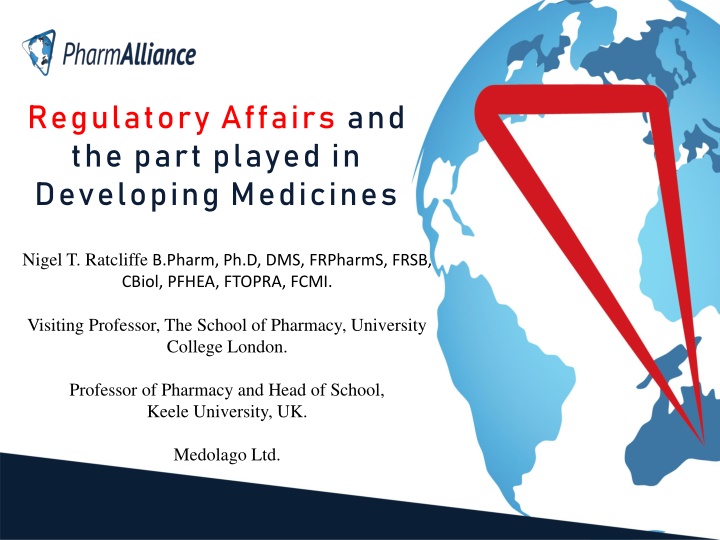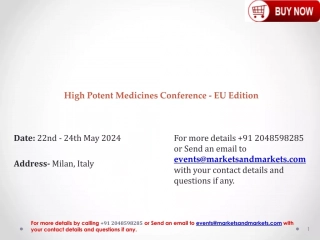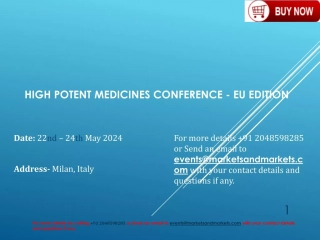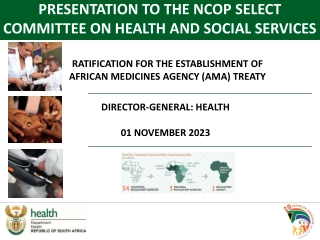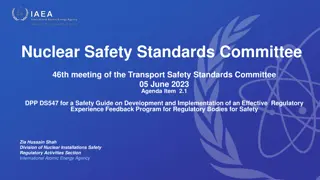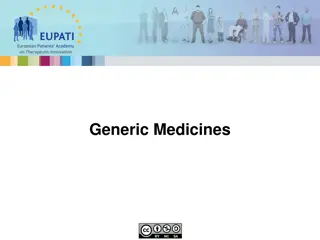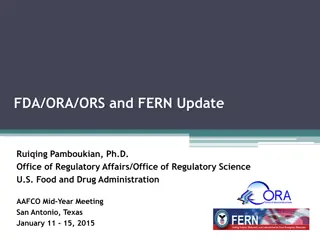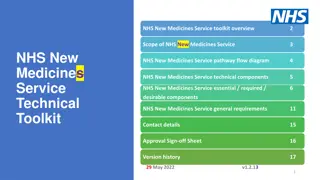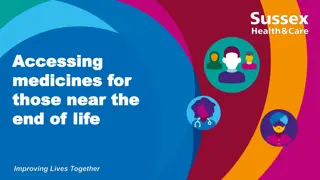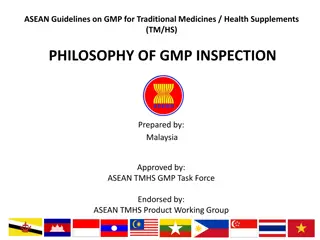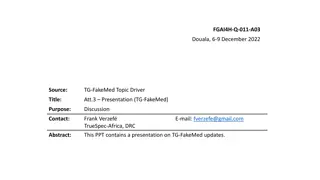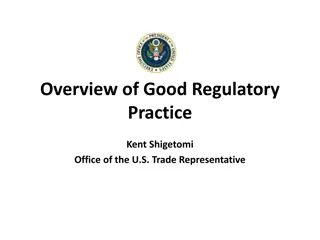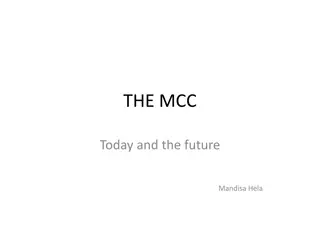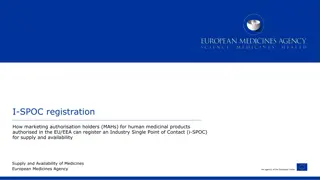The Role of Regulatory Affairs in Developing Medicines
Regulatory Affairs plays a crucial role in the development, commercialization, and supply chain of medicines. It involves scientific interpretation, negotiation, and leadership, offering tremendous career opportunities. By ensuring compliance and global standards, regulatory affairs professionals contribute to product safety and competitiveness.
Download Presentation

Please find below an Image/Link to download the presentation.
The content on the website is provided AS IS for your information and personal use only. It may not be sold, licensed, or shared on other websites without obtaining consent from the author.If you encounter any issues during the download, it is possible that the publisher has removed the file from their server.
You are allowed to download the files provided on this website for personal or commercial use, subject to the condition that they are used lawfully. All files are the property of their respective owners.
The content on the website is provided AS IS for your information and personal use only. It may not be sold, licensed, or shared on other websites without obtaining consent from the author.
E N D
Presentation Transcript
Regulatory Affairs and the part played in Developing Medicines Nigel T. Ratcliffe B.Pharm, Ph.D, DMS, FRPharmS, FRSB, CBiol, PFHEA, FTOPRA, FCMI. Visiting Professor, The School of Pharmacy, University College London. Professor of Pharmacy and Head of School, Keele University, UK. Medolago Ltd.
Regulatory Affairs The backbone to the research and to all the development of a new medicine The backbone of many processes and influencing factors in the development Crucial to commercialisation Crucial to manufacture Crucial to the supply chain and inspection . .
Regulatory Affairs (Continued) It s a very exciting area It s certainly not just a submission and paper work upon completion of the products development It s much scientific interpretation, negotiation and judgement Tremendous added value Use of science, diplomacy, leadership, influence It s global and fast moving A tremendous source of career opportunities Achieved through interaction and contribution between the companies and within the national and regional agencies.
Objective of this Module Awareness This is not to make you the expert This is to alert you. To prepare you to ask and to be informed. To make an informed contribution in the workplace
Objective of the Module continued; The scope of Regulatory involvement The concept of a product licence To provide an initial insight into the world of product registration. Regulatory Affairs is Global An illustration of examples of major differences in operation between Regulatory Bodies To equip the Graduate to be competitive in the next stage. To familiarise you with the environment that you will be entering into, in any product development role (and any other Pharma position).
What is regulatory Affairs? You cannot sell a product without a product licence It is the Governance of medicines, the development, their manufacture, use and supply Providing high quality regulatory expertise to projects and products in all stages of development and launch as a single, global input which addresses the needs of all regions. Participating pro-actively in product life cycle management by seeking to develop safe and competitive prescribing information, which fully explores the scope and spirit of guidelines and regulations without sacrificing compliance. Achieving world wide consistency in regulatory standards and compliance. It s a partnership between the agencies and industry, with many stakeholders. . .
Driven to a degree by litigation Which of the following would achieve approval today? Paracetamol Digoxin Aspirin Warfarin . 8 .
Inspections of GLP, GMP, GCDP, etc Licence to undertake animal experimentation Entry into man Clinical trial approval (Submission or notification) Product licence application (MAA) Promotional material Safety review Post marketing surveillance Manufacturing approval and Inspection Import and Export Product withdrawal Etc So don t think it is a narrow field . .
Marketing Authorisation Product Licence = a product licence to market a pharmaceutical product in a particular country or group of countries Defines the quality, permitted uses and restrictions of use Restricts the promotional claims which can be made Defines the packaging and labelling of the product . .
Regulatory Affairs in pharmaceutical companies Market Regulatory Authority Regulatory Affairs Safety Efficacy Quality Benefit/Risk
Regulatory Authorities Who are they? European Medicines Agency (EMA) Medical Products Agency (MPA) Agence fran aise de S curit sanitaire des Produits de Sant (AFSSAPS). Germany Federal Institute for Drugs and Medical Products (BfARM) UK Medicines Control Agency (MCA) USA Food and Drug Administration (FDA) Japan Kosoreisho Australia Therapeutic Goods Administration (TGA) Canada Health Protection Branch (HPB) BRIC-MT Certificate of free sale!? EU Sweden France . .
The Selection of Research Targets The selection of research targets will be based on the best scientific and professional assessment of: unmet medical need the scientific feasibility in the light of the latest scientific knowledge unique skills and knowledge available to the company the potential to return adequate shareholder value to ensure the future ability of the company to deliver new products and research. And Regulatory will make a huge contribution to this strategic decision. . .
Differences Number of Agencies Involved US FDA Japan MHLW EU CHMP/Commission EU 27 Agencies OR Regulatory make many strategic decisions. 14
Regulatory Authorities Assessment of risk:benefit ratio Quality Safety Efficacy Control of human studies Review and approval of Marketing Authorisation Application Compliance Post-licensing activities . .
Regulatory Affairs in pharmaceutical companies - why? Vision: Global Development Regulatory bodies different in every country Guidance/rules from regulatory authorities national, regional or ICH Guidance/rules constantly changing Regulatory Affairs advises and interprets regulations to de- risk the development and ensure acceptability to the authorities. Lists issues the CDP must cover. Leads the interactions with authorities to assure optimum benefit to authority and company. . .
Key ingredients for successful drug development A global approach Ability to differentiate from existing products Vision of the regulatory claim structure Time to market Regulatory working in partnership with clinical influences all of these
Drivers for global development Increasing data requirements have increased development complexity and costs significantly over the years Europe means common European claims based on a single data package US acceptance of clinical foreign data Japanese acceptance of western data ..and so a Global CDP
Global Development The fundamentals Are the indications required common throughout the 3 key regions: US, EU, Japan? Today a great Emphasis on Emerging Markets. Does medical practice differ between regions or, indeed, within EU e.g. current treatment strategies? Are there any ethnic differences which mean a Japanese specific development may be required or can a bridging strategy be implemented? If so what dimensions. Positives and negatives of bridging
Global development examples of detail Are regulatory guidances between regions for the specific indications compatible? Are proposed comparators for Phase III registered in all regions with the same dose and are these accepted as standard therapy? Are there any issues that may impact on choice of comparator e.g. differences in regions? Comparator approved?
Ability to differentiate from existing products For US needs to be in the label to allow promotion Have the advantages you wish to demonstrate been included in the trial programme as endpoints, if novel, have these been agreed with the regulators. GCDP must describe interatcions to achive agreement. Are they measurable. Are they achievable: - Superiority vs non inferiority potential - Safety profile vs comparator profile - Risk benefit story
Vision of the regulatory claim structure Need to consider life cycle of the product not just the initial marketing application Must be specific enough to determine achievability Needs to cover efficacy, safety and other potential differentiations e.g convenience, health economic claims, cost-effectiveness, risk. How are you addressing case precedent from other compounds that may have affected regulatory thinking
Time to market Choice of indications and their phasing Use of accelerated review or fast track procedures Working with agencies. Working with patient groups. Robustness of data packages Location of clinical trials Safety database
Regulatory input pre-CD Aspects on choice of CD e.g salt or single isomer vs. racemate Review the regulatory environment guideline therapeutic areas, indication, product company experiences Competitors Payers . .
Maintenance and life cycle support Update the documentation/ changes Compliance CMC, labelling/ package insert Re-registration Safety updates Regulatory status Line extensions AoB . .
Company Regulatory Affairs Satellite Team TAR: Therapeutic Area Regulatory RAD: Regulatory Affairs Director RAM: Regulatory Affairs Manager GPT: Global Product Team IRST: International Regulatory Sub Team GPI: Global Product Information RASC: Regulatory Supply Chain Team International European GPT IRST Japan US RAD RAM: RASC Satellite GPI / Labelling Regulatory Intelligence Administrative Support Submission Management CMC Documentation
Functions within the Function Project management Regulatory intelligence Regulatory submission(s)/ documentation management GPI, Global Product Infomration SCT, Supply Chain Team . .
Regulatory intelligence To Gather Information Laws (directives and regulations) Guidelines (recommendations) Information concerning approved products . .
CTD Modular Structure Not part of CTD CTD Not part of Module 1 Module 1 Regional Administrative Information Information Regional Administrative Clinical Overview Overview Nonclinical Overview Overview Nonclinical Clinical Module 2 Quality Overall Summary Summary Quality Overall CTD CTD Nonclinical Summary Summary Clinical Summary Summary Nonclinical Clinical Module 3 Quality Quality Module 4 Nonclinical Study Reports Study Reports Module 5 Clinical Study Reports Study Reports Module 3 Module 4 Nonclinical Module 5 Clinical
Reverse Psychology exercise when the plan is drafted. A regulatory Professional must always have this in mind.
Characteristics of the Function Co-operative Communicative Facilitative Pro-active Professional Strategic Target oriented . .
Evolution of risk management Today is a whole new ball game. RM concept: Communications are necessary but are often insufficient Additional intervention is needed FDA s goal is to intervene in processes ensuring safer drug use Prescribing Manufacturing Distribution Dispensing FDA s legal authority is being reinterpreted now that RM is part of the definition of safety , Note Division of Risk Management.
As an example: Comparison of Market Approval Processes in US, EU, and Japan
Similarities Opportunities for dialogue and meetings with agencies Review and Approval based on: Quality Safety Efficacy Risk/Benefit Processes involve cycles of review and questions/answers . .
Differences - Review Philosophy SPC Overviews Review process: top-down approach Summaries Review process: Bottom-up approach Individual reports Raw data (only on request) . .
Web Search Regulatory Authorities. Web search Regulatory Guidance and Procedure Web Search Centralised, decentralised and Mutual Recognition procedure. European Regulatory Agency FDA/CDER The above are examples. Thank you and Good luck . .
